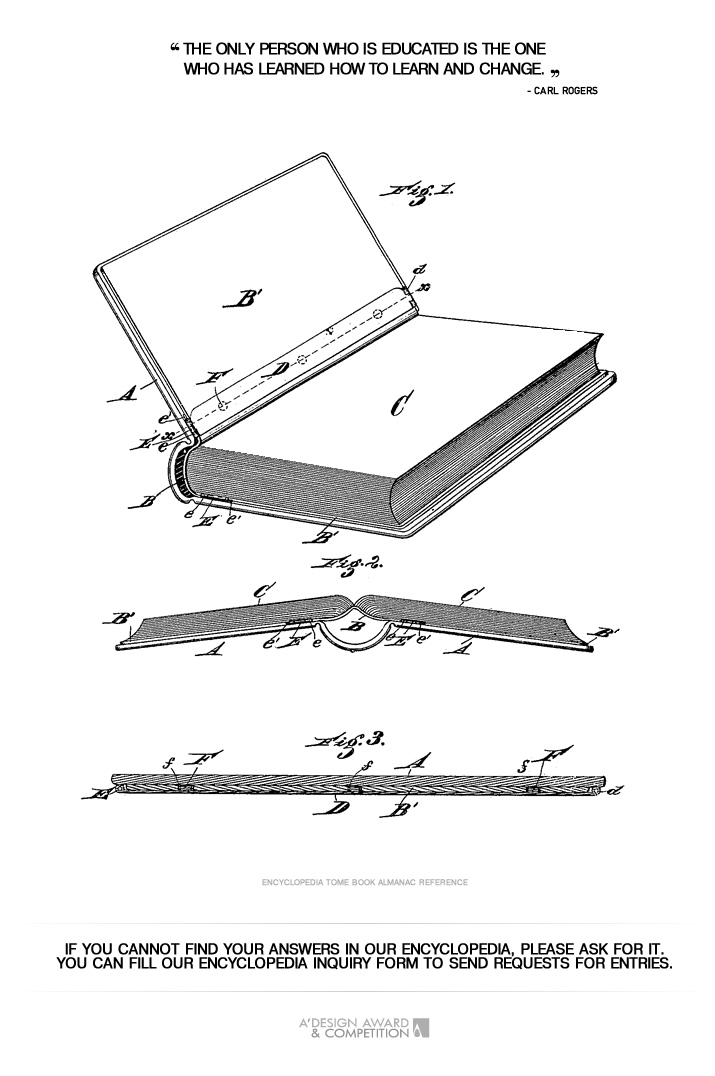
| THE AWARD |
| CATEGORIES |
| REGISTRATION |
| SUBMIT YOUR WORK |
| ENTRY INSTRUCTIONS |
| TERMS & CONDITIONS |
| PUBLICATIONS |
| DATES & FEES |
| METHODOLOGY |
| CONTACT |
| WINNERS |
| PRESS ROOM |
| GET INVOLVED |
| DESIGN PRIZE |
| DESIGN STORE |
| THE AWARD | JURY | CATEGORIES | REGISTRATION | PRESS | WINNERS | PUBLICATIONS | ENTRY INSTRUCTIONS |
Architecture Of El Salvador - Entry #240865 |
Home > Design Encyclopedia > 240865 |
 Architecture Of El Salvador
Architecture Of El Salvador
The architecture of El Salvador has been heavily influenced by its colonial past, with the Spanish Baroque style being the dominant architectural form in the country prior to the 19th century. During the 19th century, the Neoclassical, Art Nouveau and Art Deco styles began to emerge, with the latter two styles being particularly popular in the capital city of San Salvador. In the 20th century, modernism, brutalism, and postmodernism became increasingly popular, with the latter two styles being especially prominent in the architecture of the 1970s and 1980s. These various movements and styles have all been characterized by a focus on the use of traditional materials, such as adobe, stone, and wood, while also making use of modern materials, such as concrete and steel. The traditional materials have been used in an innovative and creative way, often resulting in a unique aesthetic that blends traditional and modern elements. Additionally, the architecture of El Salvador has been heavily influenced by its cultural heritage, with the incorporation of indigenous motifs, symbols and cultural elements often being seen in the country's buildings.
Author: Anika Singh
Keywords: Adobe, Baroque, Neoclassical, Art Deco, Modernism.
 Architecture Of El Salvador
Architecture Of El Salvador
The architecture of El Salvador has evolved over time and has been heavily influenced by the country's history, culture, and social trends. The earliest examples of architecture in El Salvador date back to the Pre-Columbian period, when Indigenous cultures such as the Pipil and the Olmecs built structures such as temples, tombs, and pyramids out of stone and adobe. During the colonial period, the Spanish introduced new building techniques, materials, and architectural styles, leading to the construction of churches, monasteries, and government buildings in the Baroque and Neoclassical styles. In the 19th century, with the rise of the coffee industry, El Salvador experienced a period of economic prosperity, leading to the construction of new buildings in the city centers, such as plazas, theaters, and government buildings. In the 20th century, the country experienced significant political and social changes, which led to the emergence of a new type of architecture known as modernism. This style of architecture was heavily influenced by the country's history and culture, and it was characterized by the use of curves, simple shapes, and bright colors. The technological advancement of the 21st century has also had a major impact on the architecture of El Salvador, with the use of innovative materials, sustainable design, and green technologies becoming commonplace.
Author: Beatrice Marino
Keywords: Indigenous, Colonial, Coffee, Modernism, Sustainable.
 Architecture Of El Salvador
Architecture Of El Salvador
The architecture of El Salvador is a reflection of the country's rich cultural heritage and history. The buildings in El Salvador showcase a blend of indigenous, colonial, and modern styles, making them unique and distinctive. The country's architecture has been shaped by various factors, including its geography, climate, and social and economic conditions. One of the most notable features of El Salvador's architecture is the use of traditional materials such as adobe, stone, and wood. These materials have been used in innovative ways to create unique designs that blend traditional and modern elements. The incorporation of indigenous motifs and symbols in the architecture is also a common feature, reflecting the country's cultural heritage. The colonial period left a significant mark on El Salvador's architecture, with the introduction of new building techniques, materials, and styles. The Baroque and Neoclassical styles were particularly prominent during this time, with the construction of churches, monasteries, and government buildings. In the 20th century, El Salvador experienced significant political and social changes that led to the emergence of modernism in architecture. This style was heavily influenced by the country's history and culture, and it was characterized by the use of curves, simple shapes, and bright colors. The use of innovative materials, sustainable design, and green technologies has also become increasingly popular in recent years. Overall, the architecture of El Salvador is a testament to the country's rich cultural heritage and history. The use of traditional materials, incorporation of indigenous motifs, and the influence of colonial and modern styles make the buildings in El Salvador unique and distinctive.
Author: John Jackson
Keywords: El Salvador, traditional materials, indigenous motifs, colonial architecture, modernism, sustainable design
 About the Design+Encyclopedia
About the Design+EncyclopediaThe Design+Encyclopedia is a crowd-sourced reference of information on design. Unlike other crowd-sourced publications on design, the Design Encyclopedia is edited and actively monitored and publishing is only possible after review of submitted texts. Furthermore, editors of the Design Encyclopedia are mostly consisting of award winning designers who have proven their expertise in their design respective fields. Information posted at design encyclopedia is copyrighted, you are not granted a right to use the text for any commercial reasons, attribution is required. If you wish to contribute to the design encyclopedia, please first register or login to A' Design Award and then start a new design encyclopedia entry.

If you did not find your answer, please feel free to check the design encyclopedia for more entries. Alternatively, you can register and type your own definition. Learn more about A' Design Award's Design+Encyclopedia.
